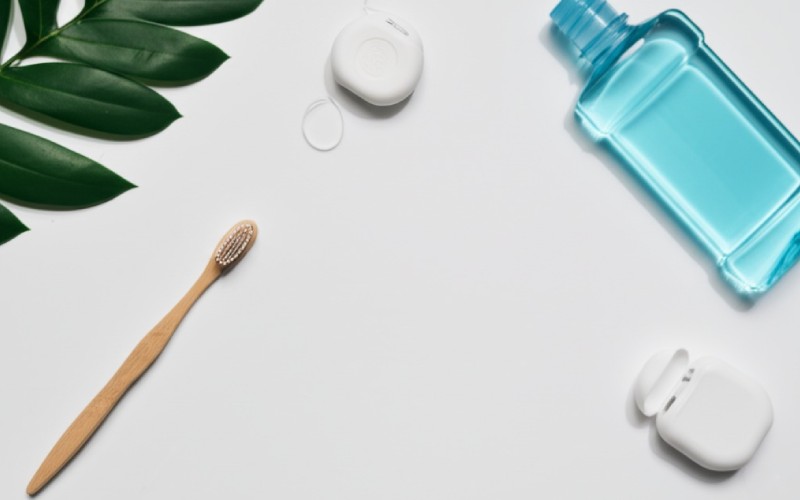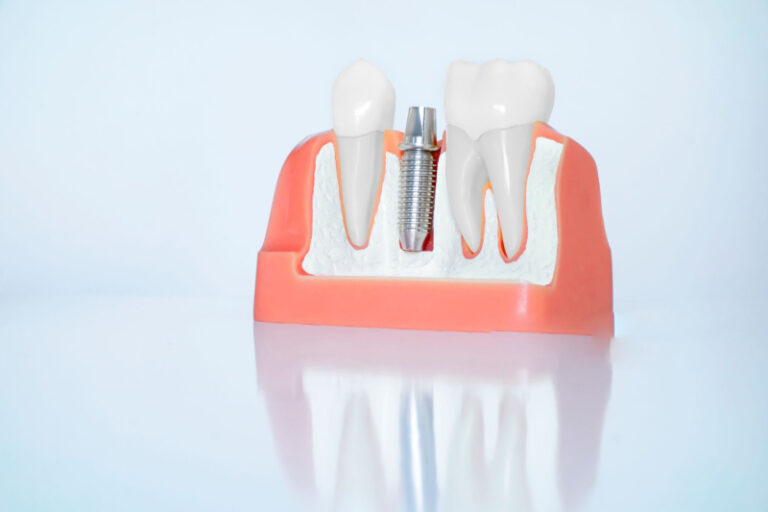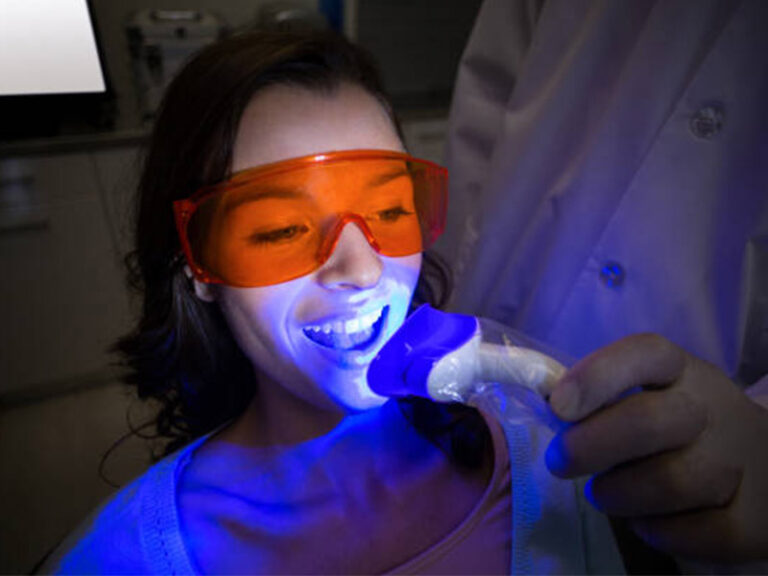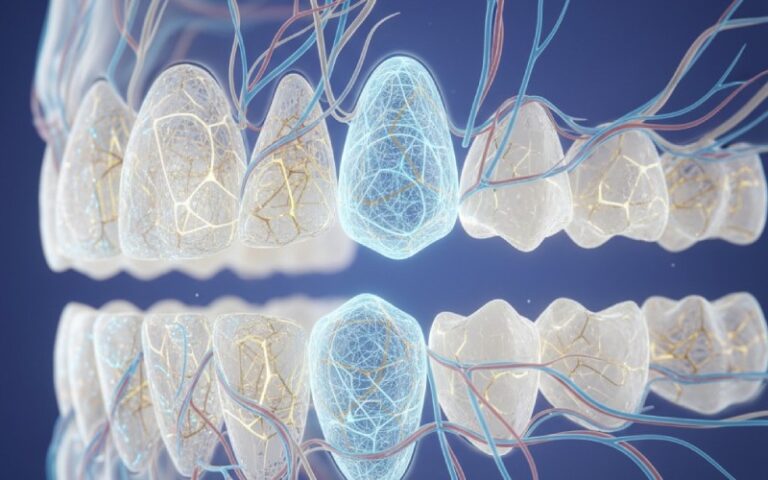
Your Complete Guide to Gingivectomy: Gum Surgery for Better Oral Health
I’ve talked to many dentists and patients. I’ve seen firsthand how a dental procedure can change a person’s life and their smile. One procedure I often get asked about is a gingivectomy. It sounds complicated, but it’s a common type of gum surgery.
This article is your complete guide to the gingivectomy. I will walk you through everything you need to know. We will cover what it is, why you might need one, and what to expect before, during, and after. If you have questions about your oral health, gum disease, or how to get a healthier smile, this guide is worth reading. I will break it down in simple terms to help you understand this important dental procedure.
Table des matières
What Exactly Is a Gingivectomy?
So, what is a gingivectomy? In simple terms, a gingivectomy is a dental procedure to remove excess gum tissue. I know that “gum surgery” can sound scary. But this is a very common and safe surgical procedure. A dentist or a specialist called a periodontist performs it. The main goal is to trim and remove overgrown gum tissue that might be causing problems for your teeth and gums.
The gingivectomy procedure involves the surgical removal of a small amount of your gum. Think of it like a dentist carefully trimming a hedge to make it healthier and look better. This process, where a gingivectomy removes extra gum tissue, helps in two big ways. First, it can treat health issues like gum disease. Second, it can improve the look of your smile. A gingivectomy is often a quick, outpatient procedure, meaning you can go home the same day.
Why Would I Need a Gingivectomy for My Gum Health?
You might wonder, “Why would I need gingivectomy?” I’ve found there are a few key reasons. The most common one is to treat gum disease. Early gum disease, called gingivitis, can make your gums swell. If it gets worse, it becomes periodontitis. This is a more advanced gum disease where deep pockets form between your teeth and gums. These pockets can trap food and bacteria, leading to a gum infection.
A gingivectomy is used to remove the diseased gum tissue and get rid of these pockets. By removing the unhealthy gum, it’s easier to clean your teeth and stop the gum disease from getting worse. Sometimes, certain medicines or health conditions can cause gum overgrowth. This is when you have excessive gum tissue covering your teeth. A gingivectomy to treat this condition can greatly improve oral health. For many people with gum disease, a gingivectomy is a necessary step to stop severe gum disease and save their teeth.
Is a Gingivectomy Just a Cosmetic Procedure?
While a gingivectomy is a key tool for fighting gum disease, it is also used for cosmetic reasons. I’ve talked to many people who were unhappy with their smile because they felt they showed too much gum. This is often called a “gummy smile.” A gingivectomy can fix this. The procedure can reshape the gum line to show more of your teeth and less gum. This creates a more balanced and aesthetically pleasing look.
The goal of a cosmetic gingivectomy is all about aesthetics. It helps to improve the appearance of your smile. This procedure, sometimes done with a gingivoplasty (which reshapes healthy gum tissue), helps create an aesthetically pleasing gum contour. If you have excess gum tissue and want to improve the appearance of your smile, you might choose gingivectomy. It’s a simple way to get the beautiful, healthy smile you’ve always wanted. A gingivectomy is also a great option for people who want to even out an irregular gum line.

What Happens During the Gingivectomy Procedure?
The gingivectomy procedure is more straightforward than you might think. When I talk to dentists, they describe it as a precise and careful process. First, your dentist will make sure you are comfortable. They will apply a local anesthesia to numb the area of your gum completely. You will be awake, but you will not feel any pain.
Once your gum is numb, the periodontist will begin the surgical removal of the extra gum tissue. They may use a special surgical knife called a scalpel. Or, they might use a laser. The dentist carefully cuts away the excess tissue from around the teeth. They are very careful not to disturb the underlying bone. They will remove just as much gum as is needed. The whole thing is an outpatient procedure, so you won’t need to stay overnight.
Is a Laser Gingivectomy a Better Option for Gum Surgery?
Many modern dental offices now offer a laser gingivectomy. In my experience, this has become a very popular option. A laser gingivectomy uses a high-energy beam of light to remove the gum tissue instead of a scalpel. The laser is very precise, which means the dentist can be very accurate. One of the biggest benefits is that the laser seals the blood vessels as it cuts. This means there is much less bleeding.
This technique is considered minimally invasive. Because there is less bleeding and swelling, the healing is often quicker. Patients I’ve spoken with who had a laser gingivectomy often report less discomfort after the procedure. This can lead to a faster recovery. If you are considering a gingivectomy, you should ask your dentist if a laser option is right for you. It’s a great example of how technology is making dental care better.
How Should I Prepare for My Gingivectomy?
Preparing for your gingivectomy is simple. Your dentist will give you a full set of instructions before your appointment. Usually, the most important step is to have a professional dental cleaning. This makes sure your teeth and gums are as clean as possible before the gum surgery. Good oral hygiene is very important.
Your dentist may also review your medical history and any medications you are taking. It’s important to tell them everything. The goal is to make sure the procedure goes smoothly and to support the health of your teeth and gums. Making sure your mouth is free of issues like gingivitis before the surgery will help you heal faster. So, keep up with your good hygiene habits leading up to the big day.
What is Postoperative Care for a Gingivectomy Like?
After your gingivectomy, postoperative care is the most important part of your recovery. Your gums will be a little sore, and you will need to be gentle with them. Your dentist will give you a detailed gingivectomy aftercare plan. Following these instructions is key to a fast and easy healing process. You will need to allow your gums to heal, which takes time.
The initial recovery time is usually about one to two weeks. During this time, your gums will be healing and re-forming. You may be given a special mouth rinse to help keep the area clean and prevent infection. You will also have a follow-up appointment with your dentist so they can check on your progress. Proper aftercare ensures the best results from your gingivectomy.
How Do I Brush My Teeth After the Procedure?
Good oral hygiene is still important after your gingivectomy, but you need to be very careful. For the first few days, you should avoid using a toothbrush on the treated area. You do not want to disturb the healing gum tissue. I always tell people to listen to their dentist’s advice on when to start again.
When you are allowed to brush again, use a very soft-bristled toothbrush. Be extremely gentle around the surgical site. You should also avoid using floss on the treated gums until your dentist says it is okay. You can and should continue to brush and floss the other teeth in your mouth as normal. Protecting your gums while they heal is the main goal of your post-surgery hygiene. Soon enough, you can return to regular brushing and flossing.
What Can I Expect During Recovery from Gum Surgery?
The recovery from gum surgery is usually manageable. You can expect some mild pain and swelling for a few days after your gingivectomy. Your dentist may recommend over-the-counter pain relievers to help. The recovery process can be made easier with a few simple recovery tips.
One of the most important things is to eat soft foods. For a few days, stick to foods like yogurt, mashed potatoes, soup, and smoothies. Avoid hard, crunchy, or spicy foods that could irritate your healing gums. I also advise people to avoid smoking, as it can slow down the recovery process and make it harder for your gums to heal. By taking it easy and following your doctor’s orders, you should feel much better in about a week.

How Does a Gingivectomy Improve Long-Term Gum Health?
A gingivectomy can have a huge impact on your long-term gum health. The procedure is designed to fix gum problems at their source. As I mentioned, a gingivectomy is used to remove diseased gum tissue caused by periodontal issues. By removing these unhealthy parts of the gum, your gum health can get a fresh start.
After a gingivectomy, the deep pockets where bacteria hide are gone. This makes it much easier to keep your teeth clean with daily care. You can achieve better oral hygiene. For people with gum disease, a gingivectomy may be the key to stopping the disease in its tracks. It helps create a mouth that is easier to maintain, leading to a beautiful and healthy smile for years to come. This one periodontal procedure can set you on a path to a lifetime of healthier gums and teeth.
Key Takeaways to Remember:
- A gingivectomy is a common dental procedure to remove and reshape excess gum tissue.
- It is used to treat gum disease like periodontitis and for cosmetic reasons, like fixing a “gummy smile.”
- The procedure can be done with a scalpel or a laser, which may lead to a faster recovery.
- Proper aftercare is critical. You must be gentle with your gums, eat soft foods, and follow your dentist’s oral hygiene instructions.
- A gingivectomy can greatly improve oral health by making it easier to brush and floss, which helps prevent future gum problems.




